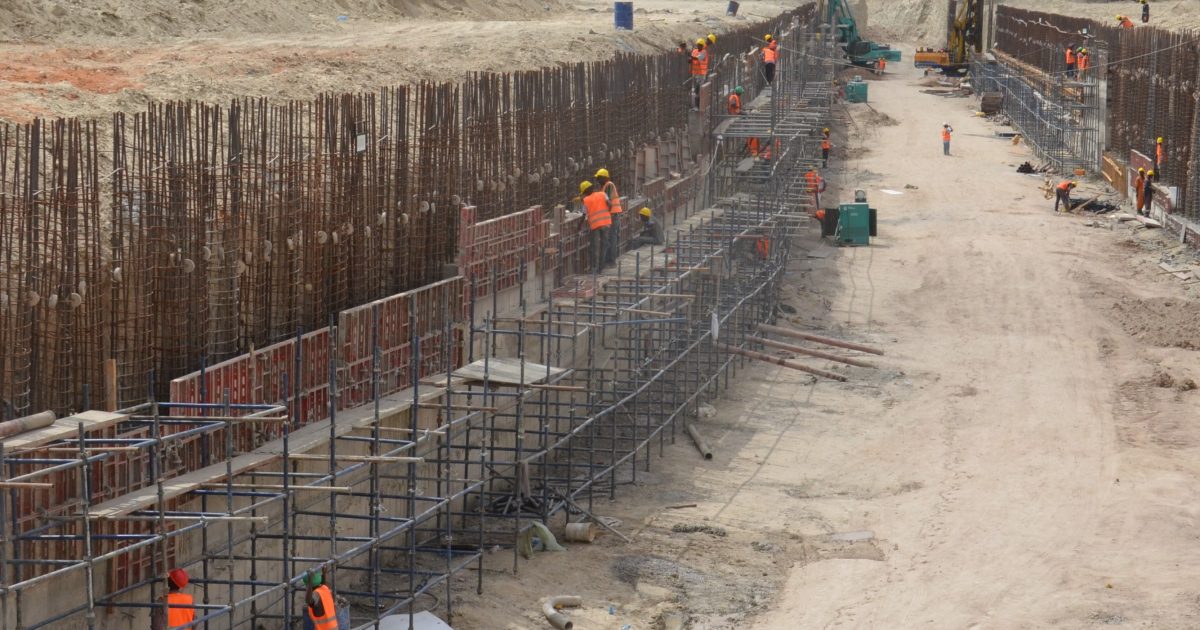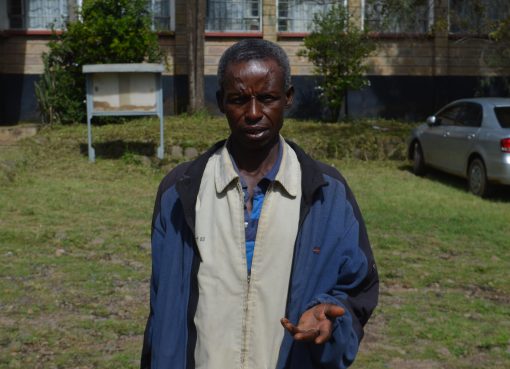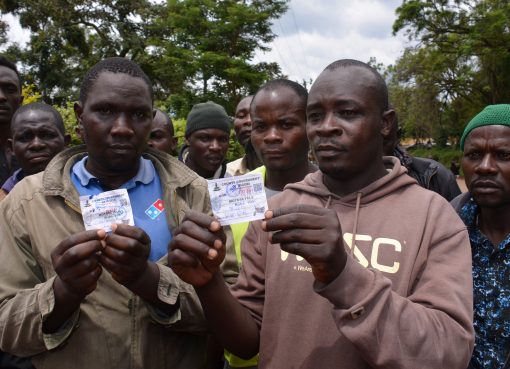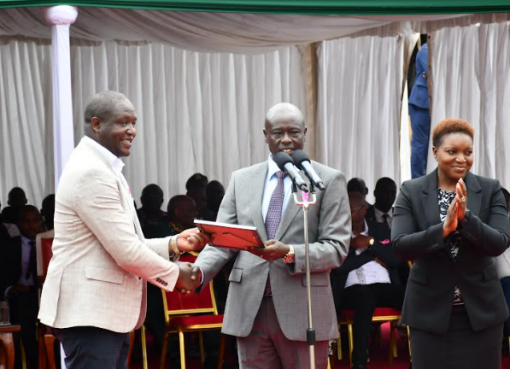Tana River County Commissioner Thomas Sankei has urged contractors of the Bura Irrigation and settlement scheme rehabilitation project to complete the project within the stipulated time with no further extension request to enable farmers to reap maximum benefits.
The project involves the rehabilitation of irrigation works, provision of equipment, extension and credit to allow reliable irrigation of extra 15000 acres that will enhance food security in the country.
Once the project is complete it will increase the area under irrigation to 25,000 acres from the current 12,000 acres and in turn create thousands of employment opportunities.
While leading the Tana River County Development Implementation Committee (CDIC) on an inspection tour of the project, Sankei said the project will convert the Bura Irrigation scheme from a pumped system to a gravity-fed system, thus saving on fuel and maintenance costs.
The rehabilitation project is divided into two phases. Phase one has a contract sum of Sh1.7 billion, involving the construction of diversion facilities at the Korakora site, riverbank protection works and sedimentation basin, the head regulator and the silting basin.
The gravity project will ensure the availability of irrigation water by abstraction of 11 cubic meters per second of irrigation water throughout the year as opposed to the current 2.7 cubic meters per second through pumping.
Currently, the Bura Irrigation Scheme abstracts irrigation water from river Tana by pumping using diesel-fueled generators and pump sets with a discharge capacity of 2.7 cubic meters per second.
“The project mainly emphasizes the extraction of water from river Tana by gravity, originally the National Irrigation Authority (NIA) were using pumps to pump water to the scheme, but it has become too expensive to NIA,’’ said resident engineer Erick Abuya.
The intake site at Korakora was identified as the most viable point where water will be extracted after hydrological surveys were carried out. River Tana does not change its course at the diversion site.
Engineer Abuya clarified that the depth of the river at Korakora will enable water to flow, “The river has not changed its course before also, the angle of abstracting the water is nearly 60 degrees that make it efficient for water to just go in by gravity.”
Most of the works are at the silting basin where water from the river will release its load before it flows to the farms.
“Currently most of the activities are at the silting basin, we don’t want to touch the diversion canal because of flooding,’’ said the resident engineer, adding that the diversion canal is designed in such a way that there are submerged weirs along the river that will control the level of water going in and the level of siltation.
Phase two that will cost Sh1.76 billion is set to be ready by October involve the construction of a 26Kilometre canal that will take water to the farms. Dykes that will control waters going in are under construction. The canal designed will allow water from laghas crossing to flow on top, while water from the canal will flow down.
The project is funded by the Government of Kenya, Kuwait Fund for International Arab Economic Development (KF), Arab Bank for Economic Development in Africa (BADEA) and The OPEC Fund for International Development (OFID).
By Sadik Hassan





